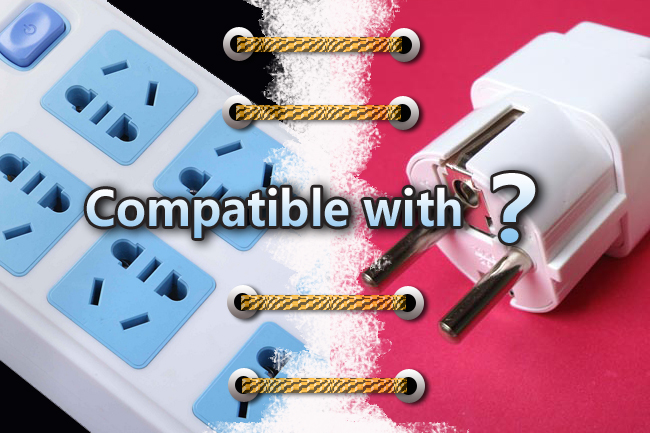Can the Mixed-Ownership System and the State-Owned Assets Regulatory System Go Together?
2017-08-04

By Zhang Wenkui, DRC
2017-6-28
In recent years, people from various circles have held great expectations on the reform of state-owned enterprises (SOEs), and the government has accordingly issued a good number of documents to boost the reform. However, many people are not satisfied with the reform results of SOEs, and those in charge of the management and operation of state-owned assets and SOEs also hope that the reform could move faster with more practical measures. Yet, the widely acknowledged fact is that mixed-ownership system is hard to be established. People are not clear about what kind of mixed-ownership system is to be established, and what substantial effects are to be achieved through such a system. It is believed that these issues merit high attention and need to be seriously addressed.
First, the difficulty for the establishment of mixed-ownership system and the complicated regulatory system of state-owned assets. China's state-owned assets supervision, or the supervision of state-owned assets and state-owned enterprises, is a complicated system and it involves many departments apart from the supervision by the State-owned Assets Supervision and Administration Commission of the State Council (SASAC). Relevant research findings show that there are many factors relating to the difficult establishment of mixed-ownership system and these factors are often under the shadow of the state-owned assets supervision system. The present state-owned assets supervision system has in fact hindered the smooth establishment of mixed-ownership system. In the context of taking the improvement of the socialist market economic system as the overall goal, the government needs to start with the establishment of mixed-ownership system and press ahead with the reform of state-owned assets supervision system.
Second, the impact of China's state-owned assets supervision system on corporation governance and business management. China's complicated state-owned assets supervision system has imposed a serious impact on corporate governance of state-owned enterprises and mixed-owned enterprises as well as on business operation and management. Such a supervision system also smashed the logic that it only meddles in direct shareholdings.
Third, the reform direction of state-owned assets supervision system. Viewing from the establishment of mixed-ownership system as well as from the perspective of establishing modern corporate governance, the basic direction of China's state-owned assets supervision system reform should observe the following principles. 1. The reform needs to change the role of the SASAC. The SASAC should either restore the responsibility of a simple investor and make corresponding reorganization, or take other reform measures. 2. While reducing supervision, the reform needs to enable SASAC to exercise shareholders’ rights. 3. The reform needs to transform state-owned enterprises into mixed ownership enterprises, and reduce the state-owned shares in mixed ownership enterprises. 4. In some enterprises, the reform needs to promote the inversion of ownership structure, which is in fact change state-owned shares into non-state-owned shares.














